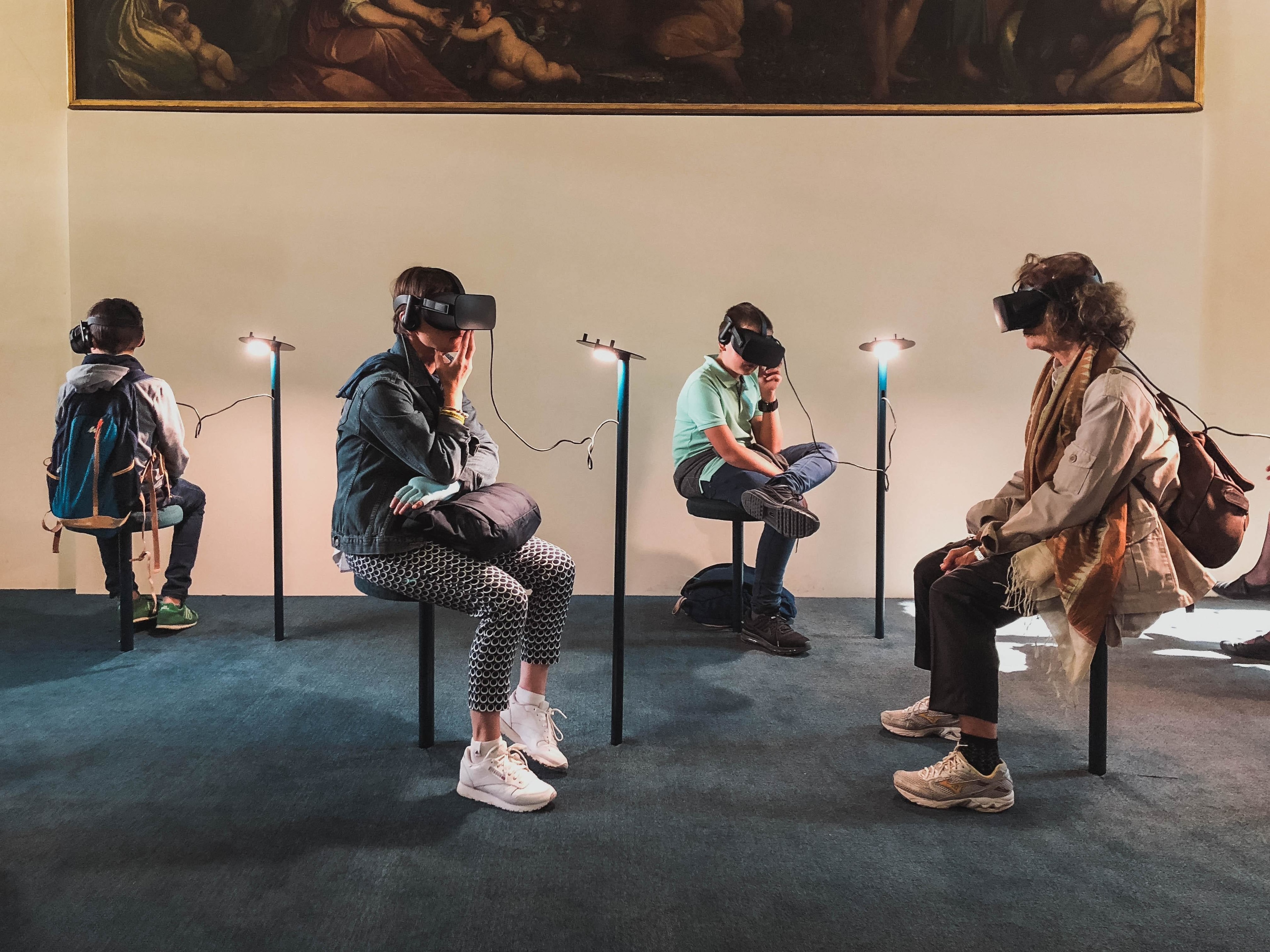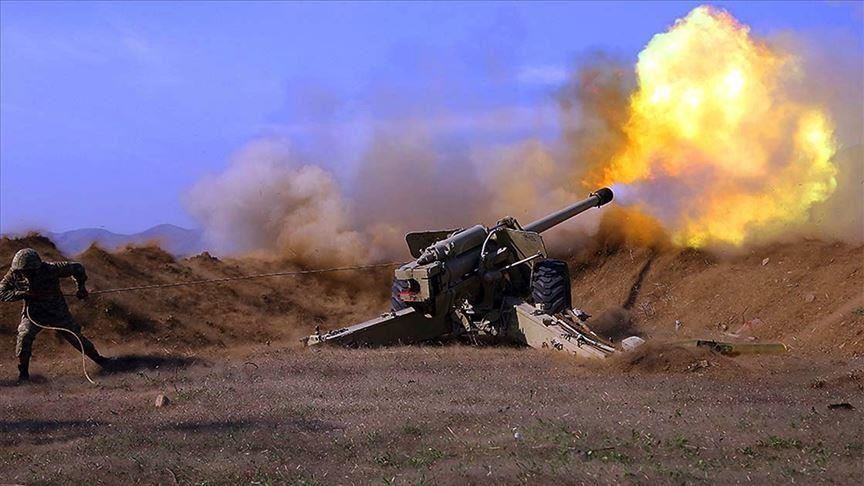By Brahma Chellaney

President-elect Joe Biden will inherit a U.S.-Indian relationship that is nearer than ever to a formal alliance. In the past decade, Washington and New Delhi have deepened their diplomatic and defense ties, but the Indian government has not yet officially allied with the United States. During the administration of U.S. President Donald Trump, India and the United States signed a series of foundational defense, logistics, and intelligence-sharing agreements that pave the way for close security cooperation. Last month, former U.S. Secretary of Defense Mark Esper declared that India will be “the most consequential partner for us, I think, in the Indo-Pacific for sure in this century.”
India’s newfound interest in defense collaboration with the United States is mainly a reaction to Chinese imperial expansionism. Beijing’s territorial aggression in the Himalayas this year and the resulting clashes with Indian troops laid bare the risks to India of dealing with its giant neighbor without the clear support of the United States. As the specter of additional Himalayan battles—or even a reprise of the 1962 border war with China—looms large, India has grown more willing to work with the United States to meet common challenges. To that end, India has intensified its involvement with the Quad—a loose coalition among Australia, India, Japan, and the United States that is central to the United States’ strategy for maintaining a “free and open Indo-Pacific.” As a result of these efforts, India is currently hosting the first-ever Quad military exercise: the Malabar naval war games in the Indian Ocean.

















